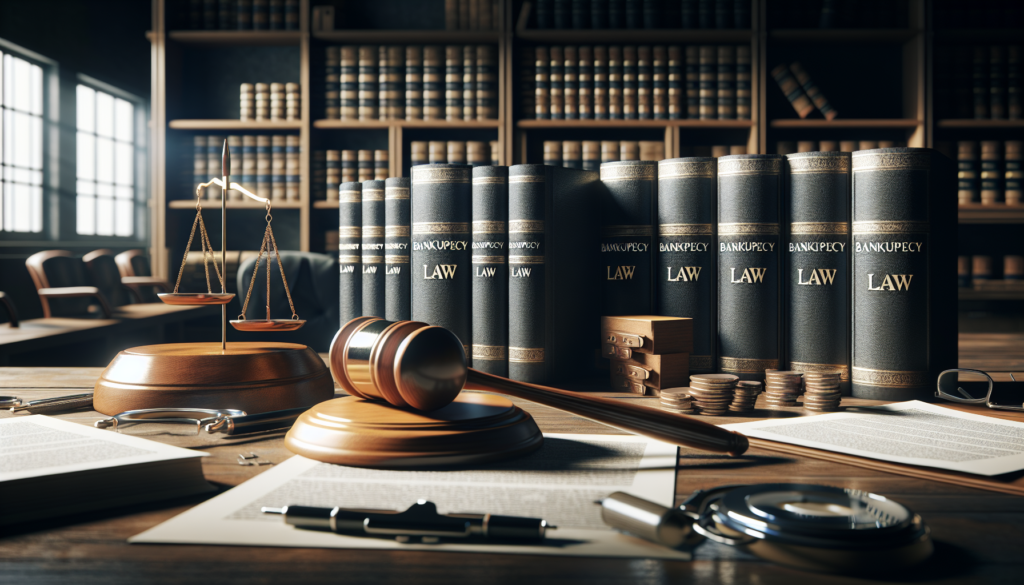
When you file for bankruptcy, notifying your creditors is a crucial step in the process, ensuring that the automatic stay goes into effect and collection actions against you are halted. Here’s how the notification process works:
-
Filing the Bankruptcy Petition
The process begins when you file your bankruptcy petition with the bankruptcy court. This petition includes schedules listing all of your assets, debts, income, expenses, and a list of all creditors and the amount owed to each.
-
Automatic Stay
Immediately upon filing, an automatic stay goes into effect. This legal provision stops most creditors from continuing with collection actions against you, including lawsuits, wage garnishments, and even phone calls demanding payments.
-
Notification by the Court
After you file your bankruptcy petition, the bankruptcy court clerk will send a notice of your bankruptcy case to all the creditors listed in your petition. This notice informs creditors of:
- The filing of the bankruptcy
- The case number
- The type of bankruptcy filed (Chapter 7, Chapter 13, etc.)
- The name of the trustee assigned to the case (if applicable)
- The date, time, and location of the meeting of creditors (341 meeting)
- Deadlines for creditors to object to the discharge or to the plan of reorganization
- The automatic stay that prohibits creditors from taking further collection actions against you
-
Responsibility to List All Creditors
It’s your responsibility to list all of your creditors and their contact information accurately in your bankruptcy schedules. If a creditor is not listed, they will not be notified by the court, and the debt you owe them may not be discharged. In some cases, you may need to amend your filings to add a creditor if they were inadvertently left out.
-
Credit Reporting Agencies
While the bankruptcy court does not notify credit reporting agencies directly, the filing of your bankruptcy will eventually appear on your credit report. Credit reporting agencies regularly check public records, including bankruptcy filings, and update your credit report accordingly.
-
Role of the Bankruptcy Trustee
In some bankruptcy cases, particularly in Chapter 13, the bankruptcy trustee may also play a role in notifying creditors, especially when it comes to the distribution of payments under a Chapter 13 repayment plan.
-
Creditors’ Meeting (341 Meeting)
Creditors receive notice of the 341 meeting, which is a mandatory meeting where creditors can question the debtor about their finances and the bankruptcy filing. While creditors have the right to attend this meeting, in many cases, they choose not to.
The process of notifying creditors is a structured and integral part of the bankruptcy filing process, designed to ensure that all parties are informed and that the debtor is protected by the automatic stay. Accurately listing all creditors and ensuring that the bankruptcy court has current contact information for each is critical to the smooth progression of your bankruptcy case.

Get a Free Bankruptcy Case Evaluation